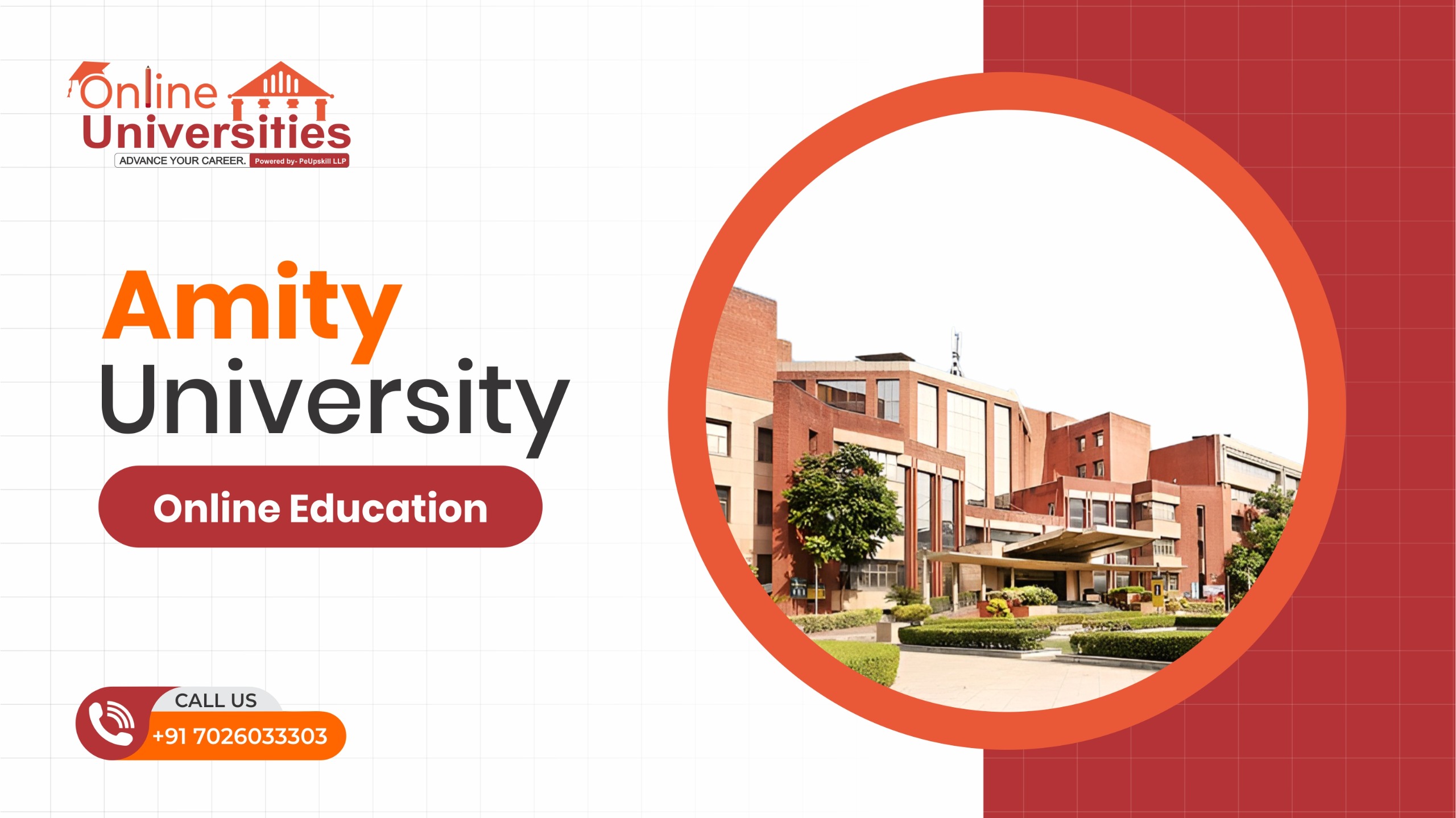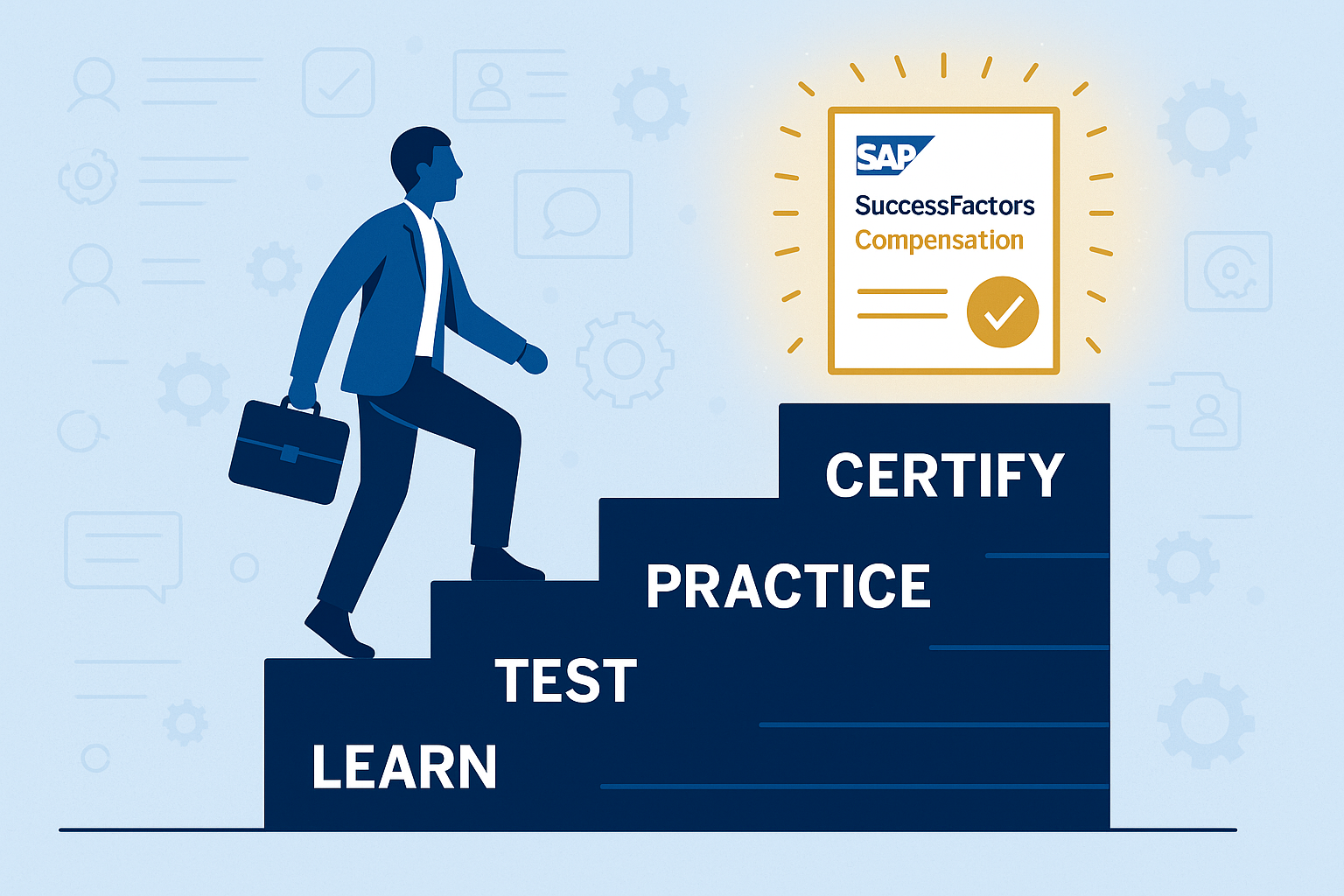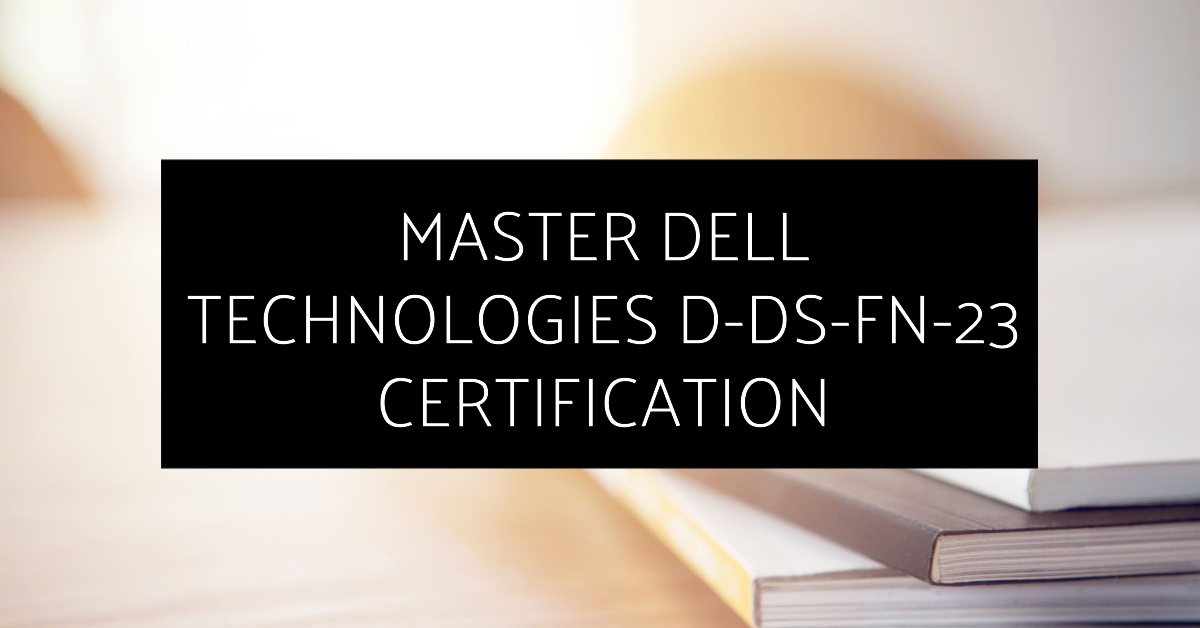Navigating the Future: Transformations in India's Education Landscape

Strong 8k brings an ultra-HD IPTV experience to your living room and your pocket.
Introduction
India’s education system is standing at the crossroads of rapid technological innovation, policy reforms, and socio-economic shifts. What was once a conventional chalk-and-talk model has now evolved into a multi-dimensional learning ecosystem. The 21st century has witnessed a dramatic overhaul in how education is delivered, consumed, and valued across the country. With growing internet penetration, government initiatives, and a young population eager to learn, education in India is undergoing a major transformation.
The Digital Shift in Indian Education
The traditional Indian classroom is no longer the only place of learning. The digital revolution has significantly influenced how students access education, particularly after the COVID-19 pandemic, which forced institutions to switch to online modes overnight.
Key Benefits of Digital Learning:
1. Accessibility: Students in rural areas now have access to top-tier educational resources via smartphones and internet-enabled devices.
2. Flexibility: Learners can pursue courses at their own pace and convenience.
3. Customization: Adaptive learning platforms personalize content based on a student's strengths and weaknesses.
Digital learning platforms like BYJU’S, Unacademy, Vedantu, and government initiatives like SWAYAM and DIKSHA are making quality education more democratic.
Government Policies Accelerating the Shift
The National Education Policy (NEP) 2020 was a game changer. It focuses on holistic and multidisciplinary learning, pushing schools and universities to adopt more flexible curricula and promote critical thinking.
NEP 2020 Highlights:
- Emphasis on foundational literacy and numeracy.
- Vocational training from grade 6 onwards.
- Integration of technology across all levels.
- Encouragement of multilingual learning and regional languages.
Besides NEP, programs like Digital India and PM eVidya have been instrumental in bridging the digital divide by offering free e-learning resources to students and teachers alike.
Rise of EdTech Startups in India
India is now home to one of the largest EdTech markets in the world. The post-pandemic era has given rise to hundreds of startups catering to various segments of learners—from K-12 to test preparation and corporate upskilling.
Notable EdTech Companies:
- Unacademy – Exam preparation and live classes.
- upGrad – Higher education and professional courses.
- WhiteHat Jr. – Coding for children.
These platforms use AI, gamification, live mentoring, and data analytics to improve student outcomes. The growing collaboration between these companies and educational institutions shows a positive trajectory for hybrid learning models.
Skill Development: Preparing for Future Jobs
A major criticism of the traditional Indian education system was its focus on rote learning. However, today's landscape is shifting toward skill-based learning to ensure students are job-ready.
Trending Skills in Demand:
- Coding and programming
- Digital marketing
- Data science and analytics
- Foreign languages
- Design thinking and problem-solving
Institutions are integrating vocational training into the curriculum, while private academies offer bootcamps and short courses that equip learners with industry-relevant skills.
Higher Education and Global Exposure
Indian students are increasingly seeking international education. Conversely, foreign universities are collaborating with Indian institutions to set up campuses or offer joint degrees.
With changes in visa policies and the rise of hybrid education, more students are opting for global programs offered by universities in the U.S., U.K., Canada, and Australia—either online or via exchange programs.
Government initiatives such as Study in India and efforts to promote Indian institutions in global rankings have also started bearing fruit.
Challenges Facing Indian Education
Despite the progress, there are several roadblocks that need attention:
1. Digital Divide
While urban areas enjoy high-speed internet and smart devices, rural students often struggle with basic connectivity. This inequality creates an education gap.
2. Teacher Training
A digitally evolving classroom demands that teachers be well-equipped with tech tools and teaching strategies. Unfortunately, many educators, especially in public schools, lack proper training.
3. Dropout Rates
Economic pressures and societal norms, especially in rural areas, lead to high dropout rates—particularly among girls.
4. Outdated Curriculum
Though NEP 2020 aims to fix this, many institutions still follow rigid, outdated syllabi that do not align with real-world demands.
Inclusive Education: A Step Toward Equity
One of the key principles of NEP and recent reforms is inclusivity. This means ensuring that every child—regardless of gender, location, or socio-economic background—has access to quality education.
Steps Being Taken:
- Scholarships and financial aid.
- Gender-sensitive teaching methods.
- Special needs education and assistive technologies.
- Local language content for tribal and underrepresented communities.
- By creating an inclusive education system, India can tap into the potential of every learner and reduce inequalities.
The Role of Parents and Society
The success of any education reform or technological innovation depends largely on acceptance and support from families and communities. Parental involvement in children’s education—especially in online and home-schooling environments—is crucial.
Moreover, societal attitudes toward vocational training and alternate careers are slowly changing, making room for more diverse aspirations among students.
What the Future Holds
The next decade of education in India will likely be defined by:
- Hybrid learning: A balanced blend of online and offline modes.
- AI-powered education: Personalized learning paths and smart assessment tools.
- International partnerships: India as a hub for global learning.
- Regulatory support: Stricter yet progressive education laws to maintain quality.
Dubai, Singapore, and Finland often serve as models for futuristic, skill-driven, and inclusive education. India is steadily moving in the same direction.
Conclusion
The Indian education system is evolving rapidly. Technological innovation, forward-thinking policies, and increasing awareness among stakeholders are setting the stage for a more equitable and effective education model. Challenges remain, but with collaboration and continued investment, the future of Bloggistan Education and the wider Indian learning ecosystem looks bright.
For more articles like this, don’t forget to explore Bloggistan Education, where we regularly update our readers with insightful, relevant, and research-backed educational content.
Note: IndiBlogHub features both user-submitted and editorial content. We do not verify third-party contributions. Read our Disclaimer and Privacy Policyfor details.







